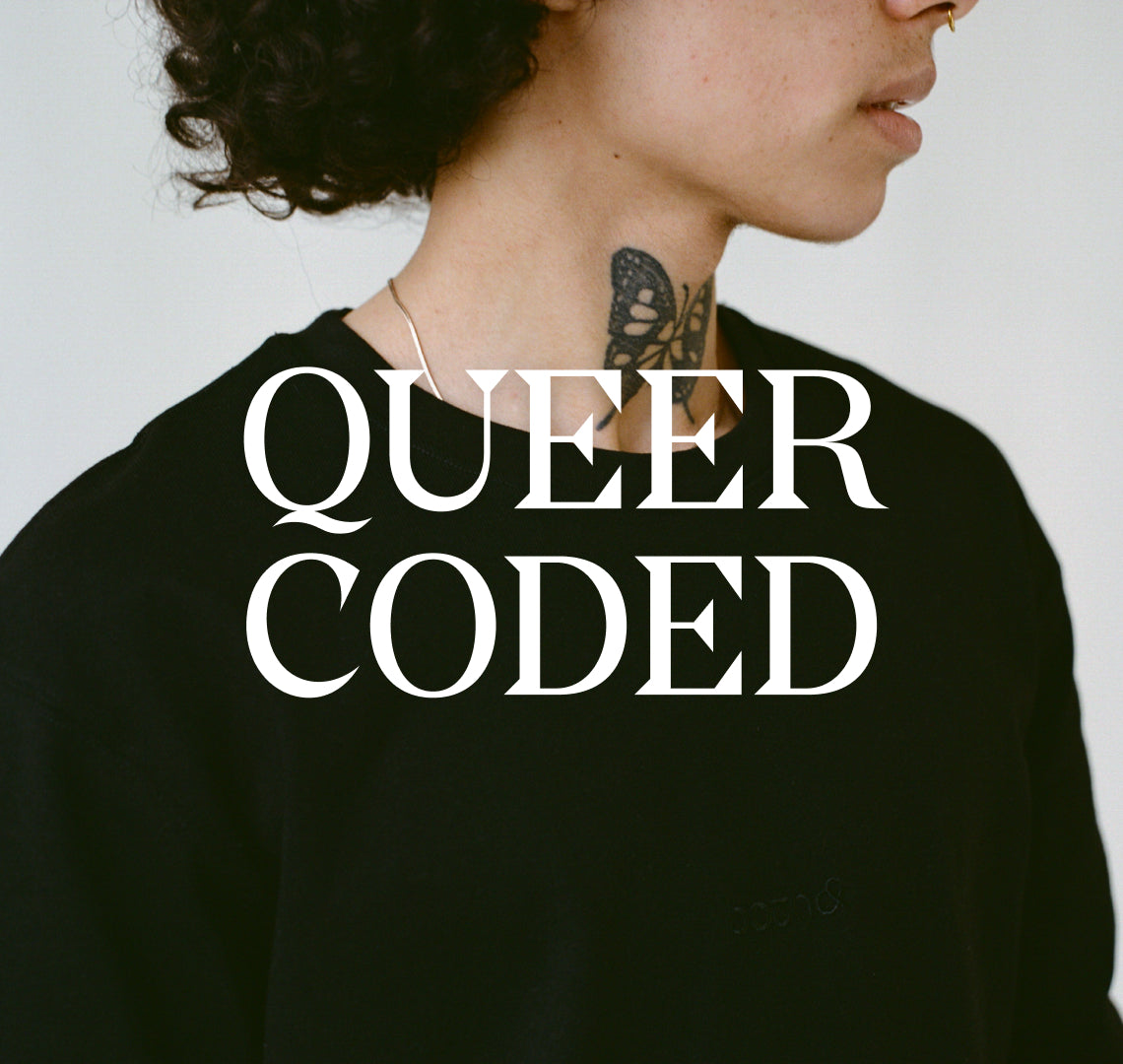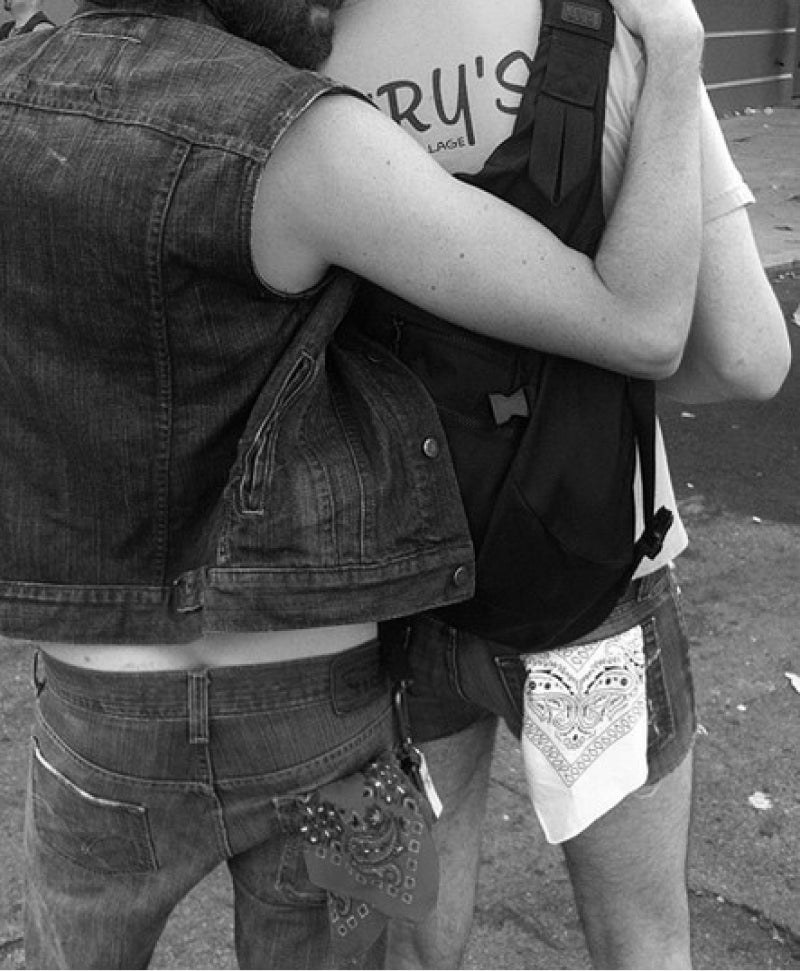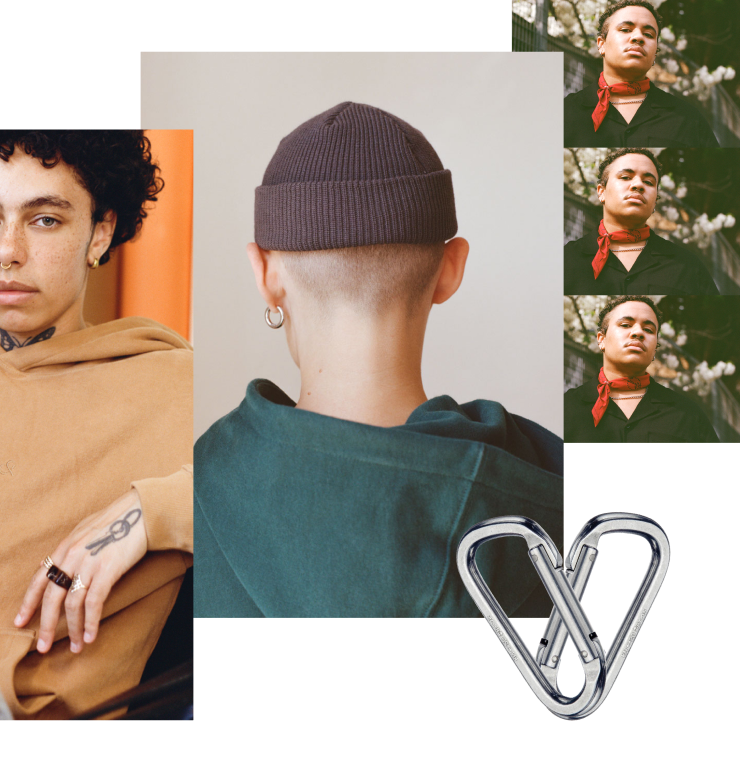
Apr 19, 2024
What Is Queer-Coded?
Ella Dame
To call something ‘queer-coded’ is to acknowledge the phenomenon of queer-coding. This phenomenon is when someone’s queerness is shown through subtext and is not explicitly mentioned. While the term was originally created to describe people and characters, today it is used to describe fashion and other inanimate objects that are representative of different aspects of queer culture.
Learning How To Read The Code
To read or understand ‘queer-code’ is to understand queer culture. Many of the objects or fashion choices that are culturally viewed as being queer-coded have some sort of historical significance in the LGBTQ+ community or represent an empowering facet of the community.
Being a member of the LGBTQ+ community has meant facing some sort of discrimination within the United States historically and, unfortunately, continues to this day. This discrimination created a need for community members to be secretive at times about their identities and create “codes” to let other queer people know they are queer themselves.

Some of the most famous examples of these subtle nods to queerness lie within everyday items, concealing their underlying meanings from anyone outside of the community. For example, “the hanky code” was one of the biggest unspoken symbols of the queer community and is even used by some members of the queer community today.
Members of the queer community would put a handkerchief in their back pocket to signal to other members that they were queer. There then was a system created to give further detail regarding that person’s sexual identity. For example, people who wear their handkerchief on the left side of their body are looking to hold a more dominant role in a queer relationship. Those who wear it on the right side of their body want a more submissive role in a queer relationship.
While there may not be a need for a large amount of secret code in the United States for queer identities currently, recognizing icons and items of significance to the queer community or recognizing “queer-coding” is a nod to the resilient, and empowering collective history of the LGBTQ+ community.
Examples In Fashion

One of the most iconic and present examples of something being queer-coded is accessories! From hats to jewelry to how people carry their keys, social media has been a hotspot for queer communities to come together and determine what queer fashion looks like.
Here are some examples of fashion accessories that have been collectively coined as being queer-coded by the online queer community:
- Carabiners! Probably one of the most recognizable pieces of queer fashion, carabiners are often a way for queer folks to identify one another. Carabiners are most often worn on the belt loop of the wearer's pants and are used to carry their keys or can be accessorized with hanging charms. Like most queer-coded items or icons, their queerness is a symbol of queer history and the carabiner is no different. Carabiners have historically been worn by WLW (women loving women) to subtly allude to their queerness. The trend has not seen any decline as the hashtag #carabiner on Tiktok alone has thousands of posts.
- Beanies! Beanies have been a symbol of gay iconography across the LGBTQ+ community since they rose to popularity. While people who are not part of the queer community sport beanies often, it is still viewed as something that is queer-coded within the queer community. Queer celebrities like Kristen Stewart, Cara Delevingne, Elliot Page, and many more often wear beanies inspiring many queer community members to deem them as queer-coded. Wearing a stylish and androgynous beanie like our Ame Beanie can celebrate your queerness subtly with a statement fisherman style beanie.
- Rings! Queer culture celebrates a more maximalist approach to jewelry as it is a reflection of being able to show off queer identity when the queer community has not always been able to safely do that. Specifically, thumbs rings have been a symbol of queerness and are often noted as queer coded due to its androgynous placement that neither leans more towards feminine or masculine fashion norms.
What Are Your Thoughts On ‘Queer-Code’?
What are some instances in which you have seen something you feel as queer-coded? What do you think the significance of that is? We would love to hear from our Both& community and explore what queerness looks like to you, no matter how subtle. Please add to our conversation on our Both& community Discord!


